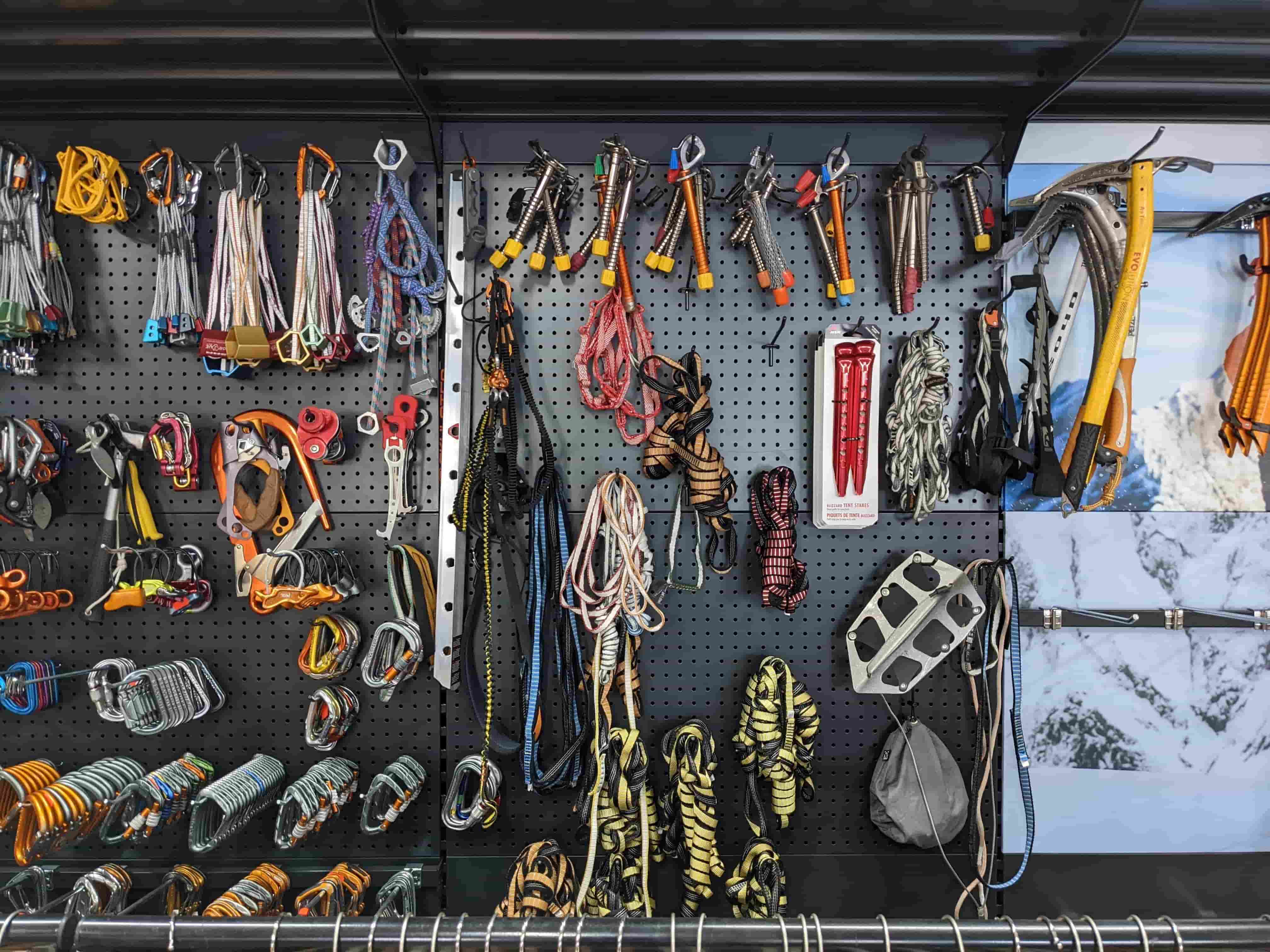Inquisitive mind? Subscribe to our LB* Insights newsletter. No fluff, just stories to make you think.
Once a company brings customers to their service design process, the first thing they usually do is user testing. Running a usability study is quite effective in bringing stakeholders awareness to moments of frustration that their customers experience. However, user testings have limitations that many designers and managers overlook. They show us how customers might use a service, but very often they fail in telling us whether the customer would want to use the service at all.
How to test for desirability
The approach to determine the demand for your service among customers should be tailored to your current stage in the design process. Below are some tips you can start incorporating to assess desirability.
1. Examine desirability during usability testing
To begin, enhance your user testing process by incorporating desirability questions to the interview. This ensures that participants are not only focused on usability but also on evaluating whether your service addresses their problems, potentially motivating them to pay for it.
At the end of the session, ask the participant how helpful the solution is at solving their problem. Keep in mind it's crucial to carefully select participants who genuinely face the problem you aim to solve.
In a recent project focused on developing a portal to assist social workers in aiding vulnerable individuals, we engaged social workers closely involved with those in need for usability testing. When prompted, many of them eagerly expressed how the solution would significantly benefit their work.
2. Test early concepts, with a focus on problem-solution fit
The depth of feedback you receive correlates directly with the level of detail in your prototypes. In the initial phases, it's important to focus on testing broad concepts to see if your solution addresses an existing problem before assessing usability.
During this phase, it's essential to have well-defined problem statements and to target your riskiest assumptions, ensuring that the testing audience aligns with the problem you aim to solve; employ early-stage concepts to initiate discussions and confirm the existence of these problems while gathering insights on potential solutions. Be prepared to test multiple solutions and avoid attaching to one idea.
Tip: While qualitative insights are valuable, sometimes a blend of qualitative and quantitative data to validate the viability of an idea is beneficial. To add quantitative rigor, you can conduct surveys using established methods like jobs-to-be-done and KANO to quantify desirability in this phase.
We recently partnered with a mountaineering gear importer that directly sells products to consumers while also supplying retailers. To enhance the retail experience within the provider's system, we initiated qualitative interviews to delve into their challenges and introduced our own ideas for discussion.
Subsequently, we conducted a comprehensive quantitative survey to validate the alignment of our proposed solutions with the identified problems across a broad spectrum of retailers.

3. Launch quickly, iterate quicker
A common misconception is that success is conditioned by having a perfect product at launch. However, in reality, success lies in the capability of swiftly embracing and incorporating customer feedback and iterating your product.
While the technical development of your service may require time, gathering realistic customer insights need not wait. Moreover, adopting lean experiments offers a balanced approach. To help pick the right experiment, check our Experiment toolbox.
For instance, a landing page can effectively convey your value proposition, gauge interest, and begin cultivating a customer base without the need for a fully-developed service. You can even offer customers to subscribe to a waiting list or pre-order, prompting them to assess the service's value.
Just release
Ultimately, the most potent feedback regarding the customer’s willingness to pay for your service emerges when you launch it.
What truly sets apart CX mature companies is their adeptness in working with customer data and their recognition that shipping represents merely the initial step in a longer journey towards success.
Once you have proven your solution solves a problem, it's time to start adding new features. To help you find out which features to add first, we have published an Assumption Mapper canvas, that you can use to prioritize features based on their riskiness.


